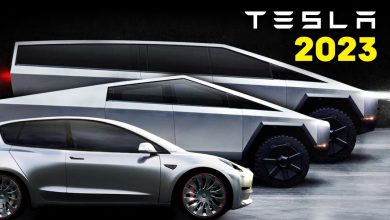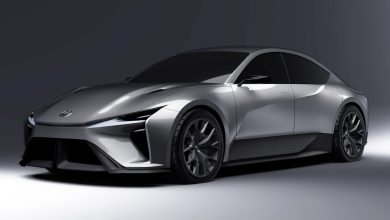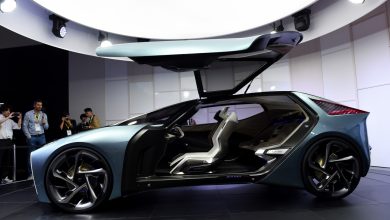Types of electric car engines
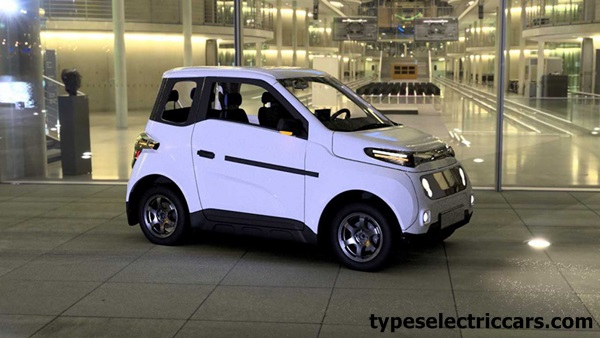
Types of electric car engines, the search for renewable and clean energy has become an urgent need, so electric cars were the alternative solution to cars that run on fuel such as gasoline and diesel, and there is no difference between the external and internal structure of that car from traditional cars except that the petroleum engine was replaced with an electric motor only.
Electric car
Of course, you cannot distinguish by looking whether that car is electric or not, but in terms of driving, cars that are powered by electric power are quiet and do not hear any noise while driving and at high speed, and it consists of three axles, a motor, a control system and a battery that all work on electricity, while the battery must be so strong that it can be recharged several times, and of course it does not emit waste that harms the environment.
Electric car engines
- This engine is characterized by its ability to generate 320 horsepower easily extracted from lithium-ion batteries through a large torque estimated at 440 pounds.
- You can then imagine the thrust the engine is doing to the car.
- Most of the time, it reaches a speed of 150 miles, and the speed increases every 4.5 seconds.
- The acceleration process starts from zero to 60 miles, this is in one hour, and if your cars are normal and you insert an electric motor, you turn them into Porsche 911 cars.
- As for hybrid cars, they operate with only one engine, and this engine often works in large cities and places paved for easy walking without zigzags on the roads.
- And it does not work in all cars, only for those who constantly exceed 40 km.
- The electric motor in the car batteries is converted into an internal combustion engine or in the wheels. And the way the engine works as follows, you can now find out the prices of electric cars.
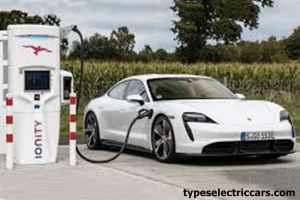
How do electric car engines work?
- You start the engine, then the engine takes over the rest of the job by spinning the generator.
- The generator then charges the car battery, then the rest of the energy is distributed to move the engine.
- In modern models now, the engine is not connected to the differential.
- The function of the motor in these models is to rotate the generator to rotate power to electricity.
- The second step is turning the wheels, which means that the new models are simpler in operating systems.
- Battery charging is divided into two categories.
- The first is the usual charging time and the second is the type of current used.
- When the car is 40 kW, it takes 11 hours to charge the house.
- But it may be charged with a current of three phases for only four hours, as it reaches 16 amperes per 11 kW.
- But in normal cars with 10 kW, it is charged at home for 3 hours.
Types of electric motor
- There are two types of the motor in electric cars, one works by direct current, and the other type works by alternating current, and what is the difference between the two?
- If you equip the car with a direct current, you need a current of 96 to 192 volts.
- Which is widely available in electric hoists.
- But the alternating car engine is more difficult and complicated.
- it goes through three steps, and the power must not be less than 240 volts.
- And the battery is supplied with about 300 volts.
- So we find that direct current is the most suitable for you, and it is also low in material cost.

